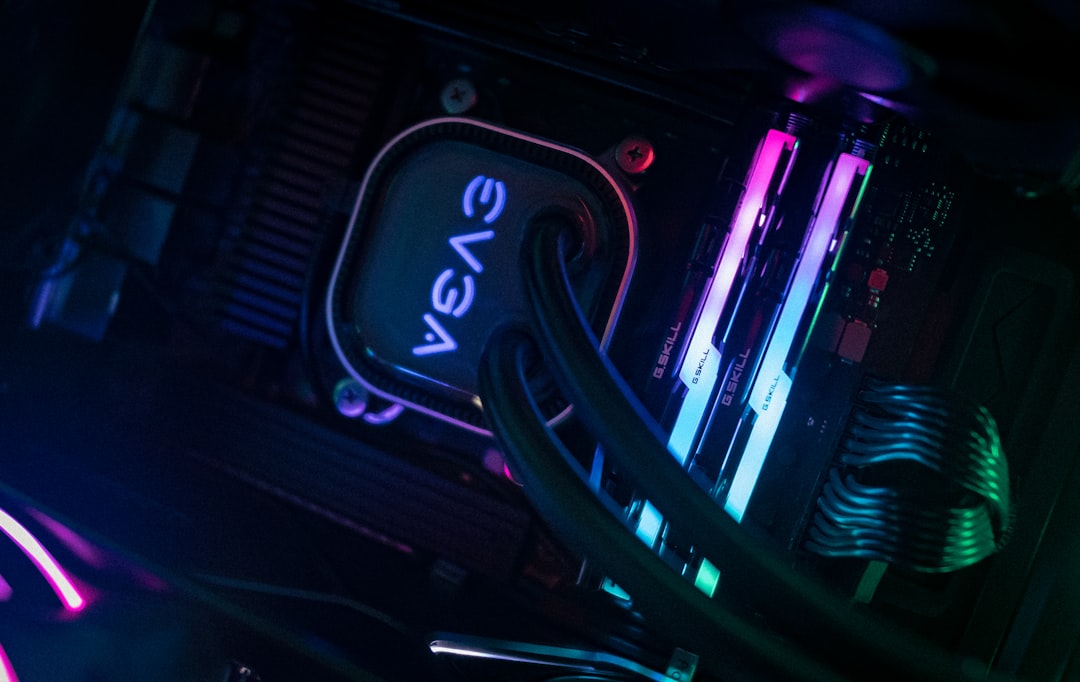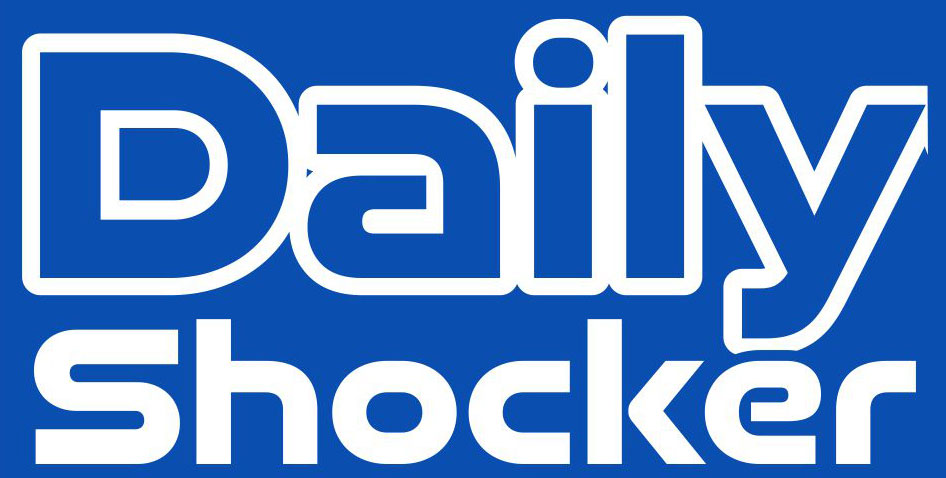
ASML, the Dutch semiconductor equipment manufacturer, witnessed a sharp drop in its share price, tumbling by 15% after it reported weaker-than-expected net bookings for Q3 2024. The company’s underwhelming guidance for the upcoming quarters has further compounded concerns about the slowing demand for semiconductor manufacturing equipment.
Key Factors Behind ASML’s Stock Plunge
Missed Net Bookings in Q3: ASML’s Q3 results showed a significant miss in net bookings, which came in much lower than market expectations. The company reported €4.5 billion in net bookings, well below the anticipated figure of €5.2 billion. Net bookings reflect the demand for future orders, and the miss indicates a potential slowdown in the semiconductor industry’s capital expenditures.
Disappointing Outlook: Alongside the missed bookings, ASML’s management provided a subdued outlook for the rest of the year. The company revised its full-year growth forecast, citing waning demand for high-end semiconductor equipment due to macroeconomic headwinds. Slowing global demand for consumer electronics and reduced investment by semiconductor manufacturers have weighed heavily on ASML’s future prospects.
Industry Slowdown: The semiconductor industry, which has been one of the key drivers of tech growth during the pandemic, is now facing headwinds. The boom in demand for electronics, particularly during the COVID-19 lockdowns, led to a surge in orders for semiconductor manufacturing equipment. However, the industry is now grappling with excess inventories and cooling demand, leading to a pullback in orders for new equipment.
Why This Matters for ASML and the Semiconductor Industry
ASML plays a crucial role in the semiconductor supply chain, providing equipment used in the production of advanced chips. Its fortunes are closely tied to the overall health of the semiconductor industry. The company’s disappointing Q3 results and weaker outlook have raised concerns about the sustainability of the recent semiconductor boom.
Impact on ASML’s Customers: ASML’s major clients, which include semiconductor giants like TSMC, Intel, and Samsung, are also facing slowing demand and production adjustments. As these companies cut back on capital expenditures, it directly affects ASML’s future sales and orders.
Broader Market Impact: ASML’s stock plunge has ripple effects across the tech and semiconductor sectors. The weak demand for semiconductor manufacturing equipment signals a broader slowdown in the tech industry, as companies face softening demand for products like smartphones, laptops, and other electronics.
Investor Concerns and Market Reaction
Following the earnings release, investors reacted sharply, pushing ASML’s shares down by 15%. The disappointing results also triggered a broader sell-off in semiconductor stocks, with other chip equipment manufacturers seeing declines in their stock prices as well.
The market is particularly concerned about:
Longer-term demand: Investors are worried that the demand for semiconductor equipment could remain weak for the foreseeable future, especially as global economic uncertainty persists.
Inventory issues: Excess inventory in the semiconductor industry is leading to lower production levels, which, in turn, reduces the need for new equipment purchases.
Looking Ahead: What to Watch
As the semiconductor industry faces a potential slowdown, several key factors will influence ASML’s future performance:
Semiconductor Demand Recovery: Any signs of recovery in semiconductor demand, particularly in high-growth areas like AI, data centers, and electric vehicles, could bolster ASML’s outlook.
Global Economic Trends: The macroeconomic environment will play a significant role in shaping the industry’s future. A prolonged slowdown in global growth could further dampen demand for chips and, consequently, ASML’s equipment.
Technological Innovations: ASML remains a leader in lithography technology, particularly in extreme ultraviolet (EUV) lithography, which is critical for advanced semiconductor manufacturing. Any breakthroughs or increased demand for cutting-edge chips could benefit ASML in the longer term.
Investors can leverage resources such as the Earnings Historical API for comprehensive data on past earnings performance.
Conclusion
ASML’s 15% stock plunge, driven by missed Q3 net bookings and a disappointing outlook, underscores the challenges facing the semiconductor industry. While the company remains a leader in semiconductor equipment, the broader slowdown in chip demand and macroeconomic uncertainties are weighing heavily on its future growth prospects. Investors will be closely watching industry trends and economic developments to gauge when demand for semiconductor equipment might rebound.

